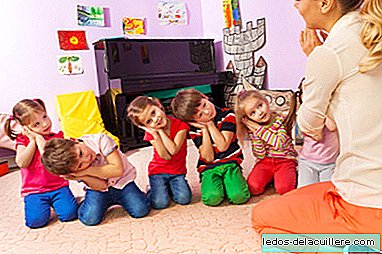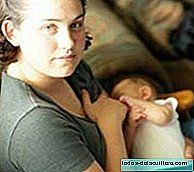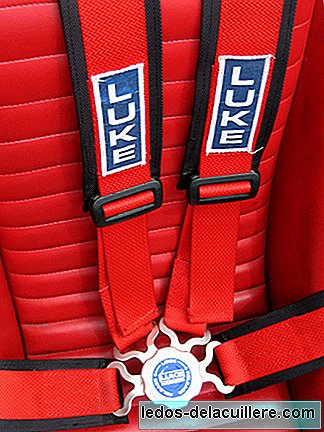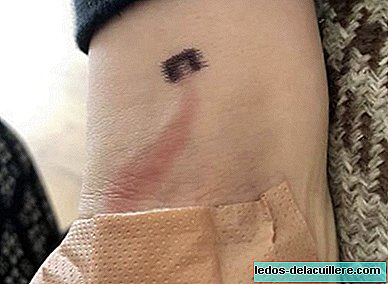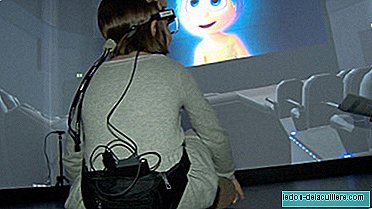
The Polytechnic University of Valencia (UPV) and Specialists of the Centers of Cognitive Development Red Cenit, have developed the non-invasive project T-Room, a unique international immersive virtual environment that manages to diagnose a child with Autism Spectrum Disorder (ASD) in just 60 minutes, a record time compared to other diagnostic tests that can last 15 hours.
It is a system that uses Artificial Intelligence (AI) and Virtual Reality (VR) to achieve a more efficient and accurate diagnosis and treatment of ASD, when recreating everyday situations. In addition, it improves the treatment, since it is personalized.
How does it work
As explained by the director of the I3B Institute of UVP, Mariano Alcañiz, and the director of the Red Cenit Cognitive Development Centers, Luis Abad, on the occasion of World Autism Day it is a pioneering method in the world in the diagnosis of ASD.
Within a 3D platform for intervention in social contexts that recreates everyday situations, the little ones are stimulated visually, auditory and olfactory, while interacting through various conventional scenarios of family life. Access to different shops, play in a playground, or watch a movie in a movie theater, are some of the environments that we can find in the T-ROOM.
The sessions are supervised and directed by specialized therapists who control, through a tablet, the level of stimulation to which children are subjected.
While, a non-invasive wristband, which measures their electrodermal activity, and light Eye Tracking glasses or eye tracking are placed, without wires The sessions are filmed with a depth camera that detects the pose and informs if the child performs certain stereotypes of the ASD.
The first pilot tests (the research is currently in its second phase of trials), carried out by researchers at Red Cenit and I3B, were conducted with a group of 99 children (51 ASD children and 48 normotypic children), with some ages between three and seven years in 30-minute sessions.
 In Babies and more Not all are Sheldon Cooper: six myths and truths of people with autism
In Babies and more Not all are Sheldon Cooper: six myths and truths of people with autismObjectives of the T-Room
 Photo: T-ROOM (UPV)
Photo: T-ROOM (UPV) The director of the I3B institute of the UVP, Mariano Alcañiz, explains that "This neurobiological developmental disorder manifests itself during the first three years of life and lasts throughout the entire life cycle". And he adds that it currently affects approximately one in every 100 births.
He points out that, according to recent clinical research, one of the biggest current problems for his treatment is the great diversity of existing symptoms, circumstance to which he tries to help remedy this project:
"T-Room arises from the need to offer children with ASD, and their families, an alternative to reduce diagnostic time and, in turn, serve as a therapeutic intervention environment."
 In Babies and more Let's break down barriers to autism together: how we can help children with this disorder
In Babies and more Let's break down barriers to autism together: how we can help children with this disorderAlso the director of the Red Cenit Cognitive Development Centers, Luis Abad, has talked about the objectives of this project: "Evaluate the social interaction, repetitive behavior and sensory skills of ASD children in different settings to subsequently prepare them to act in that environment, which accurately reproduces the real conditions of the place."
And he adds that this model allows an early diagnosis, since, in his words, In Spain, the average age of diagnosis ranges between three and a half years and 5 and a half years.
That is why he stressed the need to advance the diagnosis to "have more intervention time on children in the fundamental period of the most significant brain plasticity, which is up to seven years". The goal is to diagnose ASD at 12 months.
Experts have added that "It's about working on these situations so that when these children go to the place they are ready to face them." Therefore, the model is open to researchers at the Polytechnic University of Valencia adapt any environment that reproduces daily situations that these children must face. In fact, Soon they want to implement a school, with its dining room and patio.
Mariano Alcañiz, of the UPV, stressed that this project seeks to reinforce the idea that there is no ASD but people with ASD to avoid typecasting. Also, get a follow up "much more precise and objective" of the evolution of the child.
We leave you this video where you can better understand what T-Room consists of, explained by its protagonists. Without a doubt, good news for everyone.
Photos | Red Cenit and iStock Cognitive Development Centers




